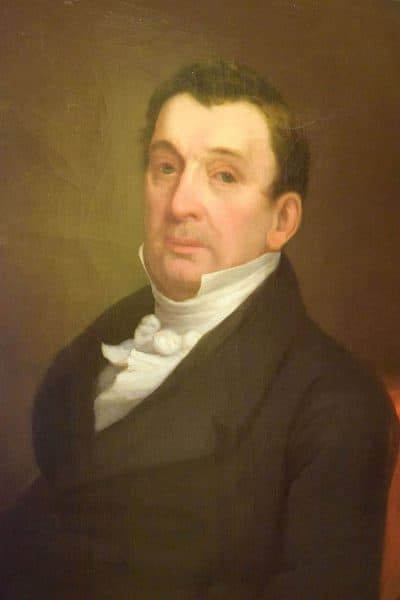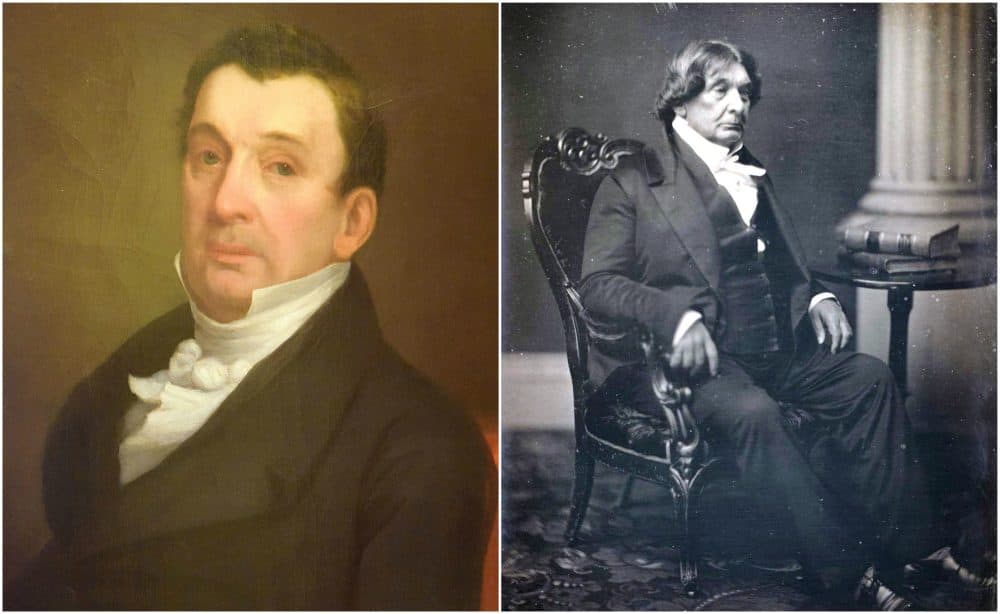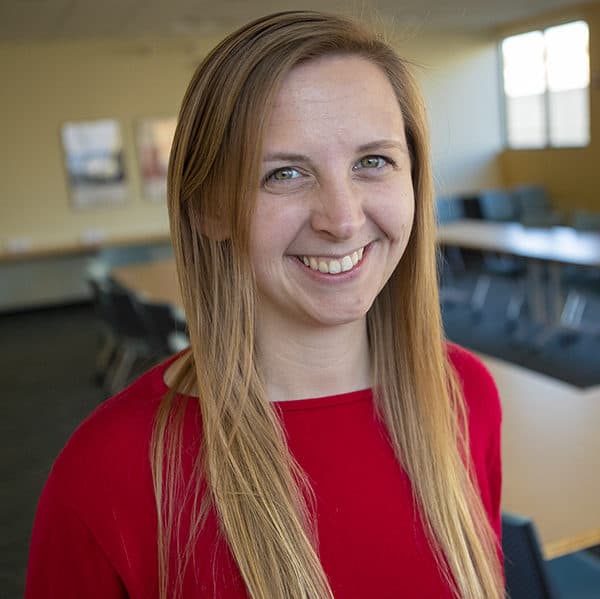Advertisement
The Mystery Of The Unidentified Mass. High Court Justice Is Over. Say Hello To Lemuel Shaw

The state's highest court has figured out who a previously-unidentified justice is in the court's collection of paintings.
Almost two months after the court's Chief Justice Ralph Gants put out a call to the public in hopes of determining the painting's subject's identity, the SJC announced the man is Lemuel Shaw, who served on the Massachusetts Supreme Judicial Court as chief justice from 1830 to 1860.
Shaw was born in Barnstable, Massachusetts, in 1781 and graduated from Harvard in 1800. He taught for a year before pursuing law. He went on to serve in the state's House of Representatives and at the 1820 Massachusetts Constitutional Convention.
One of Shaw's four children, Elizabeth Shaw, married author Herman Melville. Some academics attribute some of Melville's work grappling with the law (i.e. "Benito Cereno" and "Bartleby, the Scrivener") to his relationship with his father-in-law.
Shaw's long tenure as chief justice is remembered for a few landmark decisions, including ruling in favor of a labor union, which set a precedent to not group unions into laws concerning conspiracy; deciding that Boston's segregated schools were constitutional, which was later referenced in the Supreme Court's "separate but equal" doctrine; and helping to distinguish "murder" from "manslaughter."
The SJC believes the portrait at the court was painted around or before Shaw was appointed chief justice in 1830, which makes sense looking at the change in appearance in this daguerreotype from 1856:

In a statement, Gants said the court identified Shaw with the help of the public as well as forensic work by Keith Downer, the trial court assistant chief court officer, and Cliff Allen, the director of education and public programs.
Gants, in a statement, called the 42 suggestions submitted by members of the public "an example of civic engagement at its best."
Of the names the public submitted, the top guesses were:
- 10 suggested Lemuel Shaw
- 4 suggested Thomas Dawes
- 3 suggested Samuel Sumner Wilde
- 2 suggested Ethan Allen Greenwood
- 2 suggested Simeon Strong
- 2 suggested Levi Lincoln
- 2 suggested Marcus Morton, Sr.
Without looking at the suggestions, court officer Keith Downer visually inspected the painting and conducted a UV light absorption test. Then, a bright yellow and bright white light test revealed the initials "LS" on the top rail of the frame.
The court says that the 10 members of the public who suggested Shaw was the unidentified justice are invited to join Gants in attaching the name plate to the frame and to take a tour of the John Adams Courthouse on April 10, as promised.
